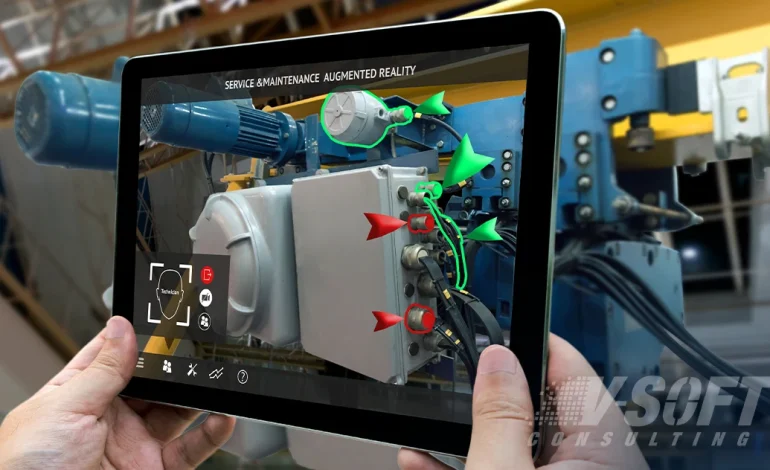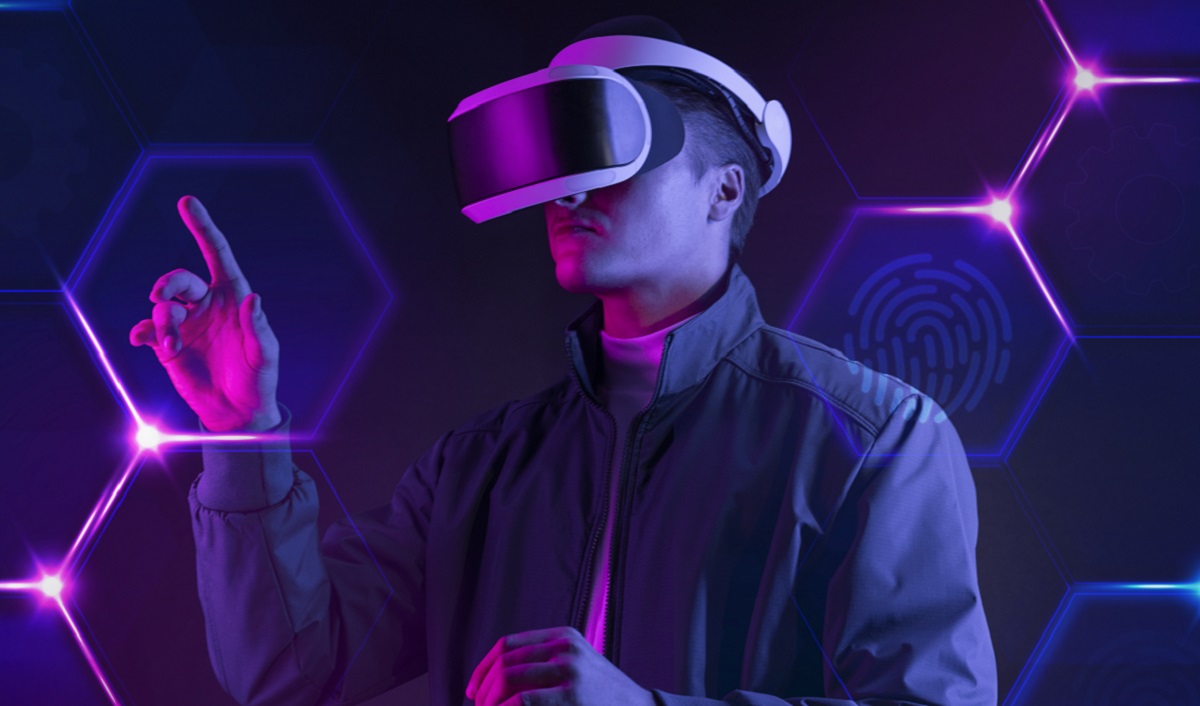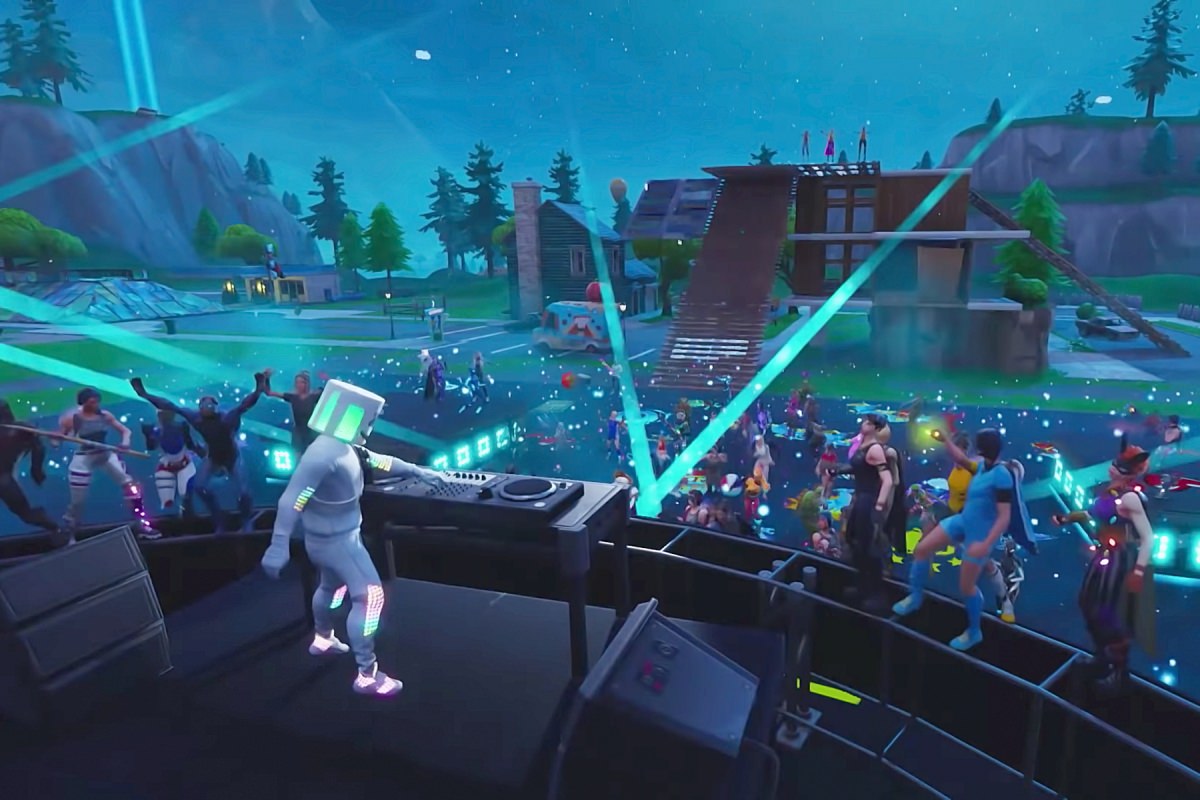TikTok and Beyond: The Integration of AR in Social Media Apps
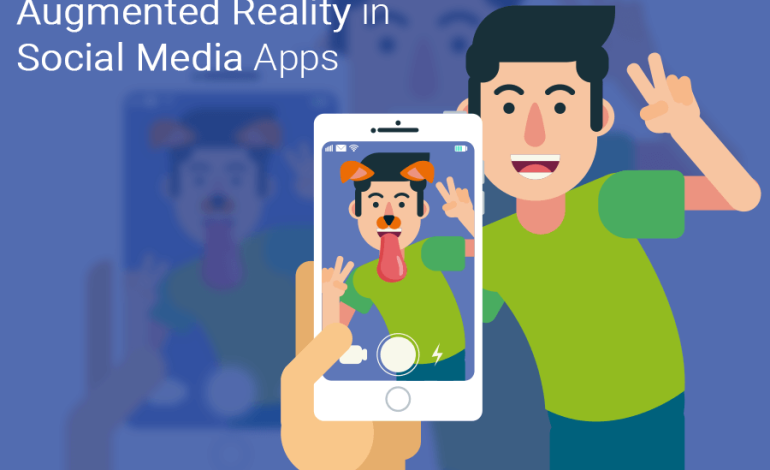
AR filters As technology advances, the possibilities for how it can be used in our everyday lives are endless. Integrating augmented RealityReality (AR) in social media apps is one of the most exciting developments. AR in social media apps allow users to customize their experiences. And interact with digital content in a way that was not previously possible. From virtual makeovers to gaming, integrating AR into social media apps like TikTok. Creates an entirely new way to engage with friends and family. In this blog post, we’ll look at how AR is used in social media apps and explore the potential of this exciting technology.
Introduction: Rise of TikTok and similar apps
![]()
Over the past few years, social media has witnessed a seismic shift in user behavior. Instagram, Snapchat, and TikTok have taken center stage as the most popular platforms amongst the younger demographic. TikTok, in particular, has become the new frontier in social media marketing. With over 1 billion active users, TikTok has quickly emerged as the go-to platform for the latest trends and viral challenges.
The rise of these new social media apps has significantly impacted how brands and influencers engage with their audiences. These platforms are uniquely tailored to the needs of their audiences and are heavily focused on visual content, storytelling, and video-based content. One of the key drivers behind the success of these apps has been the integration of augmented reality (AR) features, which allows users to interact with digital content in the real world.
This blog post will explore how AR in social media apps is integrated into social media apps, explicitly focusing on TikTok. We will also examine future AR integration trends and what this means for the social media landscape.
The Rise of AR Filters on TikTok
Regarding social media trends, it’s hard to ignore the meteoric rise of TikTok. The short-form video app has exploded in popularity recently, with over 1 billion users worldwide. And with this success has come a new trend: using augmented RealityReality (AR) filters in social media.
AR filters, also known as lenses, are digital overlays that use computer vision technology to create special effects on the camera. These filters can do everything from adding cute animal ears to your selfies to changing the background of your video to even turning you into a virtual character. And TikTok has become a hub for these filters, with millions of users creating and sharing their unique AR in social media apps creations.
AR filters
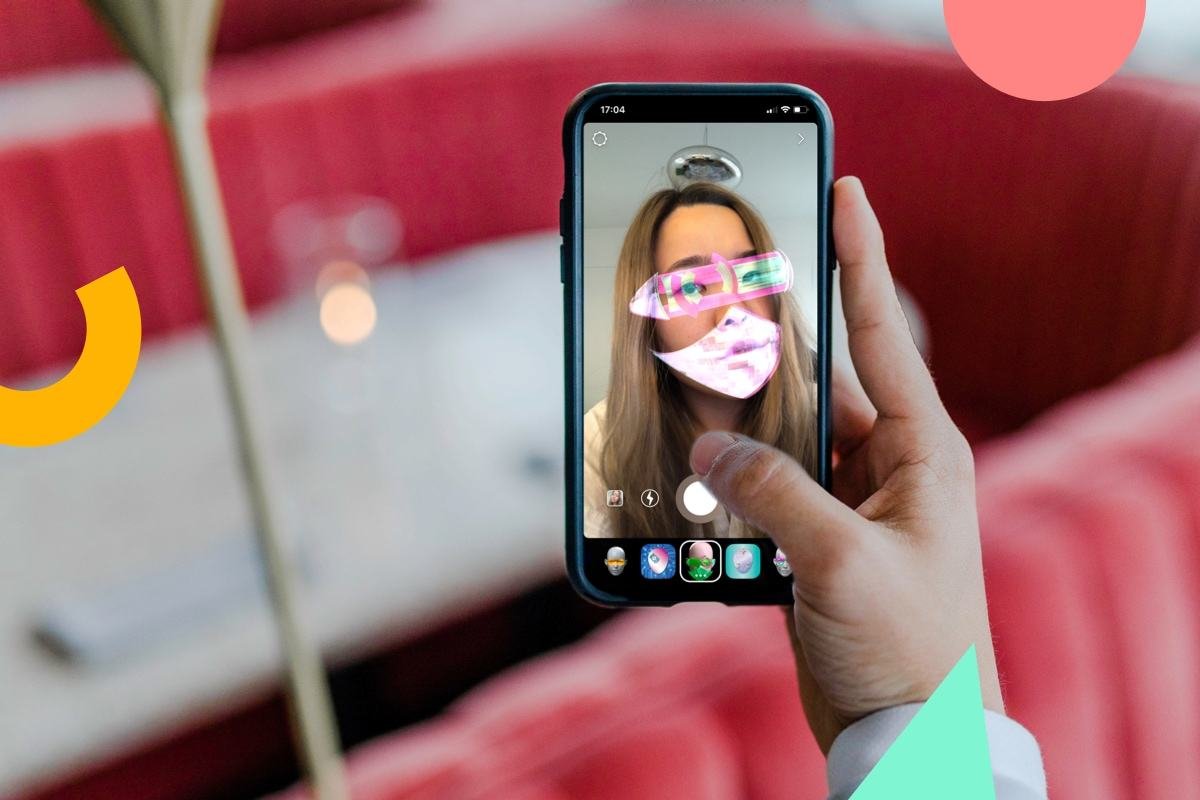
From a user perspective, AR filters add an element of fun and interactivity to social media content. With just a few taps, you can transform your ordinary videos into something unique and engaging. And for brands and creators, AR filters offer a new way to promote their products and reach their audience. For example, cosmetic companies can use filters to showcase their makeup products, or fashion brands can create AR try-on experiences.
But beyond just the entertainment value, AR filters represent a new frontier in social media technology. They show how platforms like TikTok are pushing the boundaries of what’s possible with digital effects and how AR can enhance the user experience in new and exciting ways.
As TikTok continues to grow, we can expect to see even more innovative uses of AR filters in the platform and other social media apps. From interactive games to personalized product recommendations, the possibilities are endless. And as the technology continues to evolve, we may see AR integrated into everyday life, creating a seamless blend of the digital and physical worlds.
Overall, the rise of AR filters on TikTok represents an exciting development in social media technology. It shows how platforms constantly evolve to offer new and exciting experiences to their users and how AR can create a more immersive and engaging social media landscape. As we look to the future, it’s clear that AR will continue to play an essential role in the evolution of social media and digital experiences.
How are these platforms integrating AR features?
One of the most exciting developments in social media is the integration of augmented RealityReality (AR) features. AR refers to the ability of technology to add digital elements to our real-world environments. The technology has been around for years, but its integration into social media apps like TikTok, Instagram, and Snapchat is a relatively new phenomenon.
In the case of TikTok, AR has been a central component of the app since its inception. The app’s developers have created various AR filters that users can apply to their videos to add visual flair and whimsy. These filters range from simple animations that follow the user’s movements to complex 3D animations that transform the user’s face or body. These filters have become iconic in some cases, with specific TikTok trends and challenges built around their use.
Other social media platforms have quickly followed TikTok’s lead in integrating AR features. For example, Instagram has added various AR filters to its camera, allowing users to add digital elements to their photos and videos. These filters range from simple animations to complex effects like face distortion and virtual makeup. Snapchat, too, has been at the forefront of AR integration, with its famous AR lenses transforming users’ faces into everything from puppies to anime characters.
Future Prospects of AR in Social Media Apps
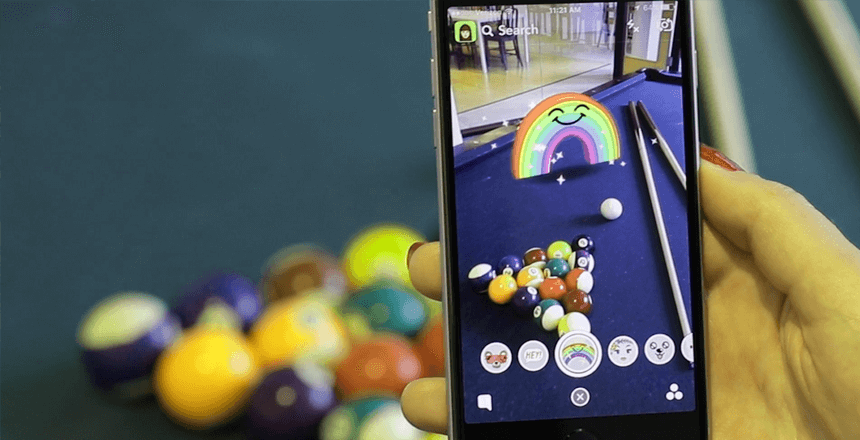
Augmented RealityReality has the potential to revolutionize the way social media is consumed. Social media apps that have integrated AR filters have seen a massive surge in user engagement and have provided users with a unique experience. However, the integration of AR in social media apps is still in its nascent stage, and there is a lot of scope for improvement.
The potential of AR in social media apps is immense. The technology can enhance the user experience, provide a more immersive experience, and create new business opportunities. As AR technology continues to improve, we can expect social media apps to leverage the technology in new and innovative ways.
One area where AR can make a significant impact is in e-commerce. With the help of AR, consumers can try on clothes, test makeup, and visualize how a piece of furniture would look in their homes. This could lead to increased sales and customer satisfaction.
Overall, the prospects of AR in social media apps are exciting. As the technology continues to improve, we can expect to see more innovative uses of AR in social media. From e-commerce to education to entertainment, AR can transform how we interact with social media.
Potential future trends in AR integration in social media.
As AR continues to evolve and improve, there are endless possibilities for integrating it into social media apps. Here are some likely future trends in AR integration in social media:
- Augmented Reality Ads: We’ve already seen how AR filters can be used for advertising purposes on platforms like Snapchat and Instagram, but imagine entirely AR-based ads. These ads could use AR to display products in 3D or create immersive experiences. That help brands connect with their audience.
- Virtual Reality Social Networks: Virtual RealityReality has been gaining popularity over the past few years, and it’s only a matter of time before we see it integrated into social media. Virtual RealityReality social networks could allow users to interact with each other in a virtual world. Attend events, and create and share their own VR content.
- Personalized AR Avatars: Imagine having an AR avatar customized to look just like you. This avatar could interact with other users, attend events, and even for online shopping experiences.
- AR for Education: AR could be used in education to create immersive and interactive learning experiences. Imagine using AR to explore historical landmarks or dissect a virtual frog in a biology class.
- AR Gaming: Pokemon Go was one of the first AR games to become a worldwide phenomenon, and we’ll likely see more games using AR technology in the future. AR gaming could allow players to explore virtual worlds, complete quests, and battle other players in real time.
Overall, the future of AR integration in social media is exciting and full of potential. As technology improves and becomes more accessible, we will see even more innovative uses for AR in social media apps.
Conclusion
As social media continues to evolve and shape the way we communicate with each other. It’s clear that AR technology is quickly becoming a crucial component of these platforms. TikTok’s success has paved the way for other social media apps incorporating AR features, such as Instagram and Snapchat. With AR filters, users can express themselves in new, creative. ways and share their experiences with friends and followers.
Moving forward, it’s exciting to think about the potential for AR in social media apps. As technology improves and becomes more accessiblee may see even more innovative and immersive features being incorporated into these apps. For example, AR could enhance online shopping experiences or create interactive brand campaigns.
AR is not just a trend but a technological innovation here to stay. As social media apps continue to embrace and integrate this technology. Users can expect to see even more dynamic and engaging experiences in the years to come.


